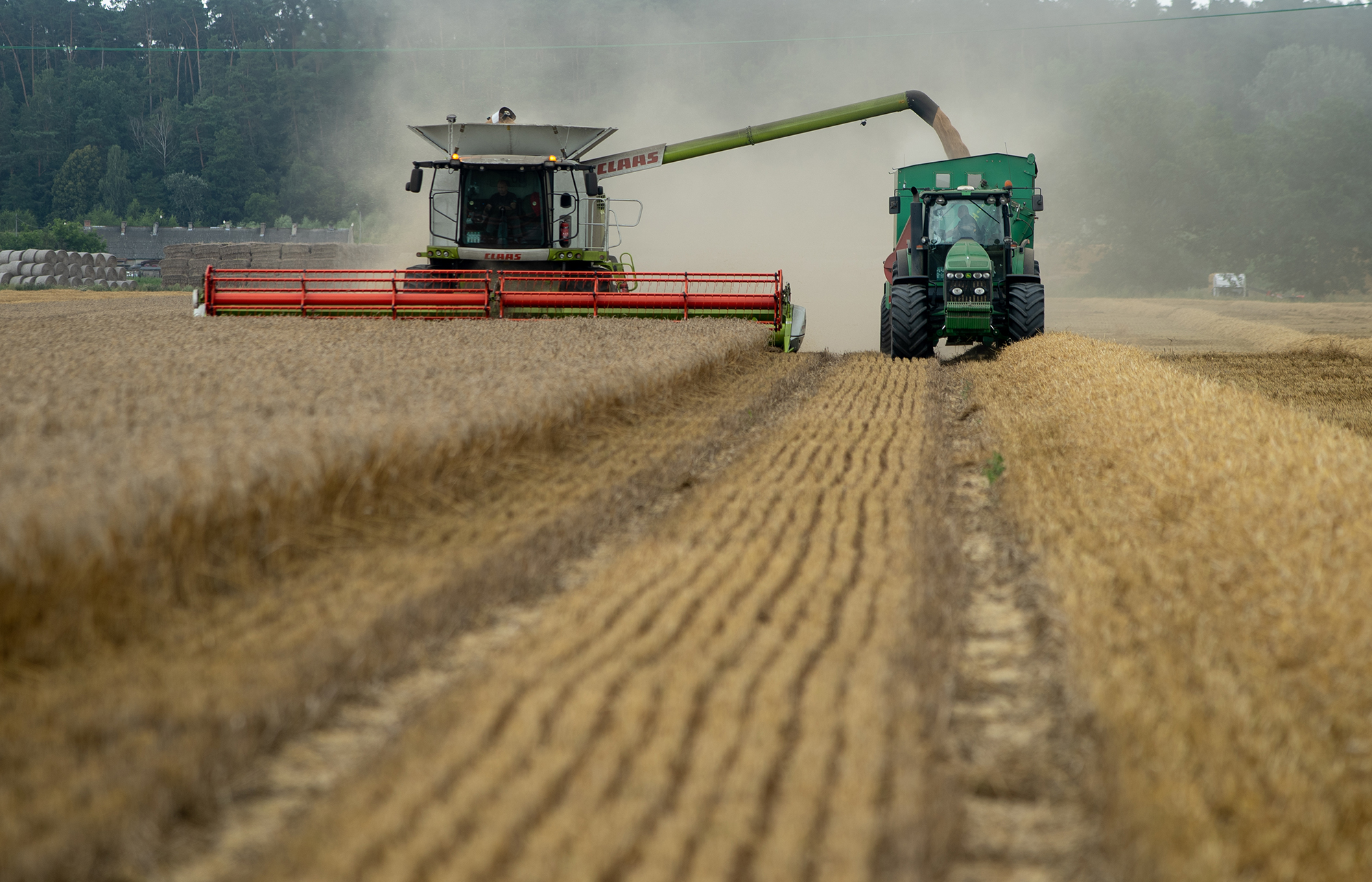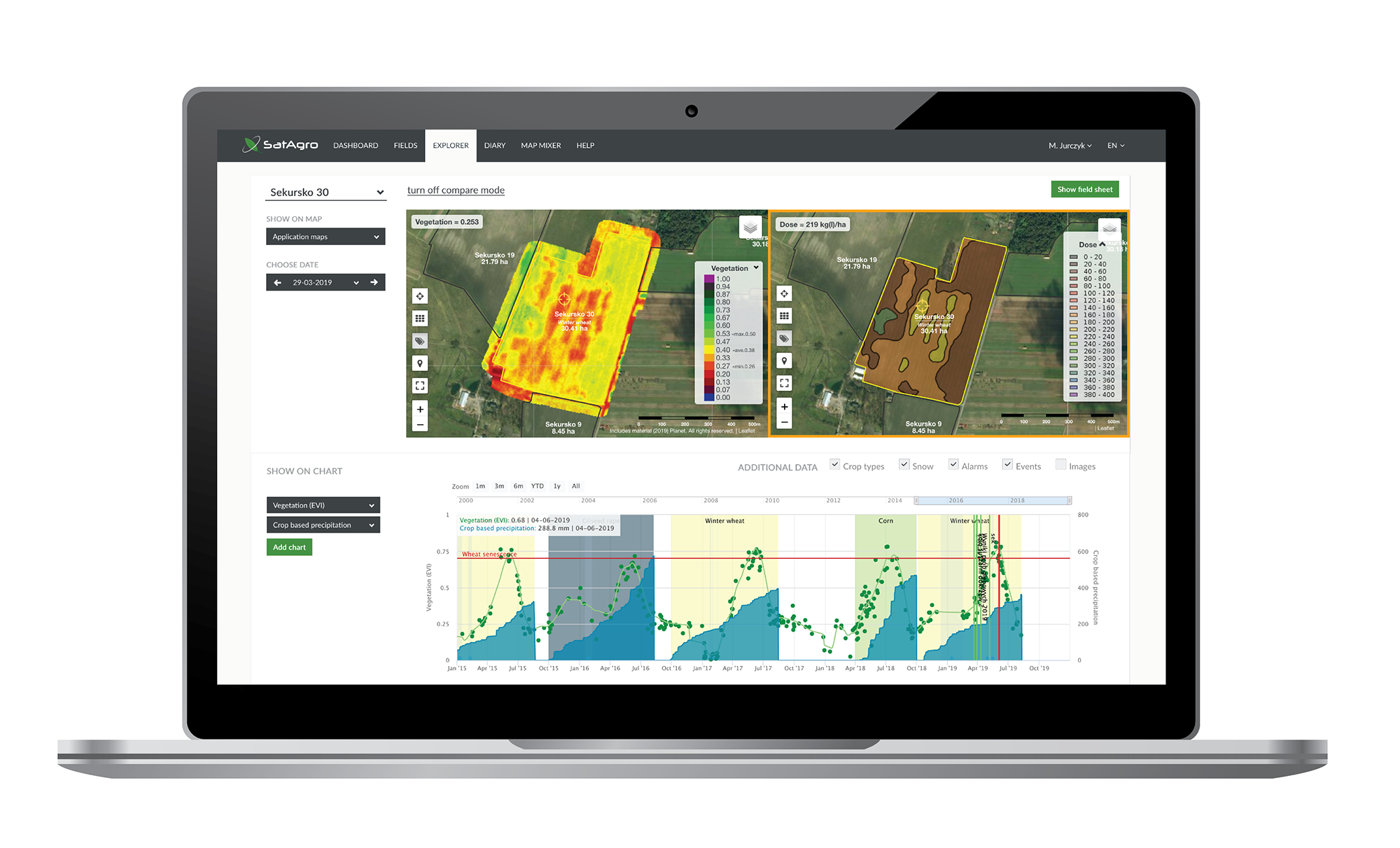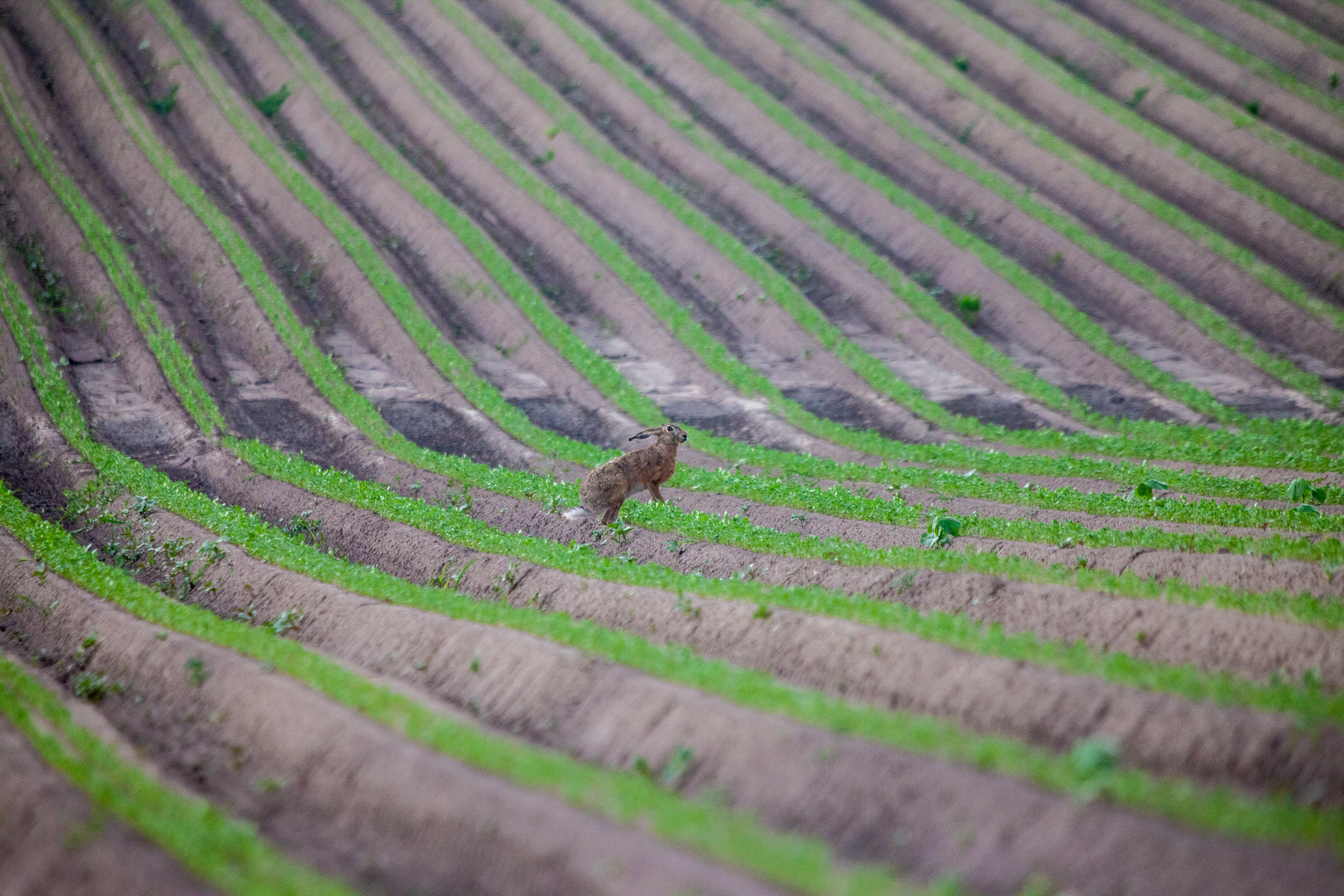SatAgro: The Startup That’s Helping to Drive Digital Agriculture in Poland
Referred to by some as Europe’s “new growth engine,” Poland has gone through dramatic transformations in recent decades, while its economy grew by more than 50 percent since 2007, despite the global economic crisis. In the process, it has raised its profile as a major food supplier in Europe, with more than 60 percent of Poland’s land being farmland.
Interested in helping his home country flourish, Polish entrepreneur and remote-sensing expert Przemysław Żelazowski founded SatAgro: a precision agriculture company that monitors a quarter million hectares of large scale crops in Poland.
“At SatAgro, we are excited to be taking part in the digitization of the Polish countryside,” Żelazowski says. “We are now a significant player in Poland’s digital agriculture industry, and are always striving to innovate.”

Winter wheat harvest in Pomorskie Voivodship, Poland // Credit: David Kaszlikowski and SatAgro
SatAgro provides customers access to Planet’s daily satellite imagery, alongside data from NASA and ESA missions, and complementary information like weather and soil sampling, to increase the efficiency of their farms via their app. With this, farmers can monitor crop development in near real time, observe the effects of environmental factors and agronomic treatments. They also can improve decision-making with productivity benchmarking that leverages Planet’s imagery archive reaching back over a decade.
Farmers can also fertilize, sow and spray with unprecedented precision, using dynamically generated prescription maps which are compatible with a range of agro-machinery. Planet’s 3-5 meter resolution imagery allows for field-level detail that was previously unavailable, resulting in more accurate variable rate prescriptions and better outcomes. Over the last couple years, SatAgro has helped farms to cut nitrogen fertilizer use by 12 percent.
“With SatAgro’s help farmers can maximize the potential of their land and save on agrochemicals while protecting the environment,” says Żelazowski.
SatAgro was founded in 2014, when Żelazowski decided to leave his job at the United Nations Food and Agriculture Organization and team up with programmers Krzysztof Stopa, Oscar Fonts and Micho Garcia, along with self-proclaimed regional precision agriculture evangelist Jerzy Koronczok. Together, they wanted to build an online service that could help Polish farmers thrive. By 2015, they had their first clients: three large farms.

The main part of the SatAgro app, showing Planet imagery, a derived fito-hormone prescription map, and crop field history // Credit: SatAgro
In their first few seasons, SatAgro delivered their solutions based on publicly available imagery. However, the regions they were targeting were sometimes extremely cloudy, which made servicing the farmers much more difficult. They couldn’t guarantee their customers near real-time imagery. Once Planet’s high frequency data was integrated into the platform, SatAgro was able to offer farmers a fresher view of their fields, which has significantly improved client satisfaction.
“With Planet data, farmers can maximize the chance of getting data when they need it—and they always appreciate the increased spatial resolution,” Żelazowski says.
The Polish government joined the EU in 2004 and has since pushed to preserve small scale farms. But despite great strides in Poland’s agricultural sector in recent years, approximately 1.5 million small family farms are struggling to remain competitive, with agriculture contributing to only 3.5 percent of the country’s economy, according to Farmers Weekly.
“The average Polish farmer is relatively young, well educated and open-minded, and they understand that they need to constantly adapt and transform,” Żelazowski says. “We recognize that many smallholder farms in Poland are struggling, and we have developed a tailored offer for them, which in a large part is enabled by the increased resolution of Planet’s imagery.”

Hare on a chernozem crop field, Lubelskie Voivodship, Poland // Credit: David Kaszlikowski and SatAgro




